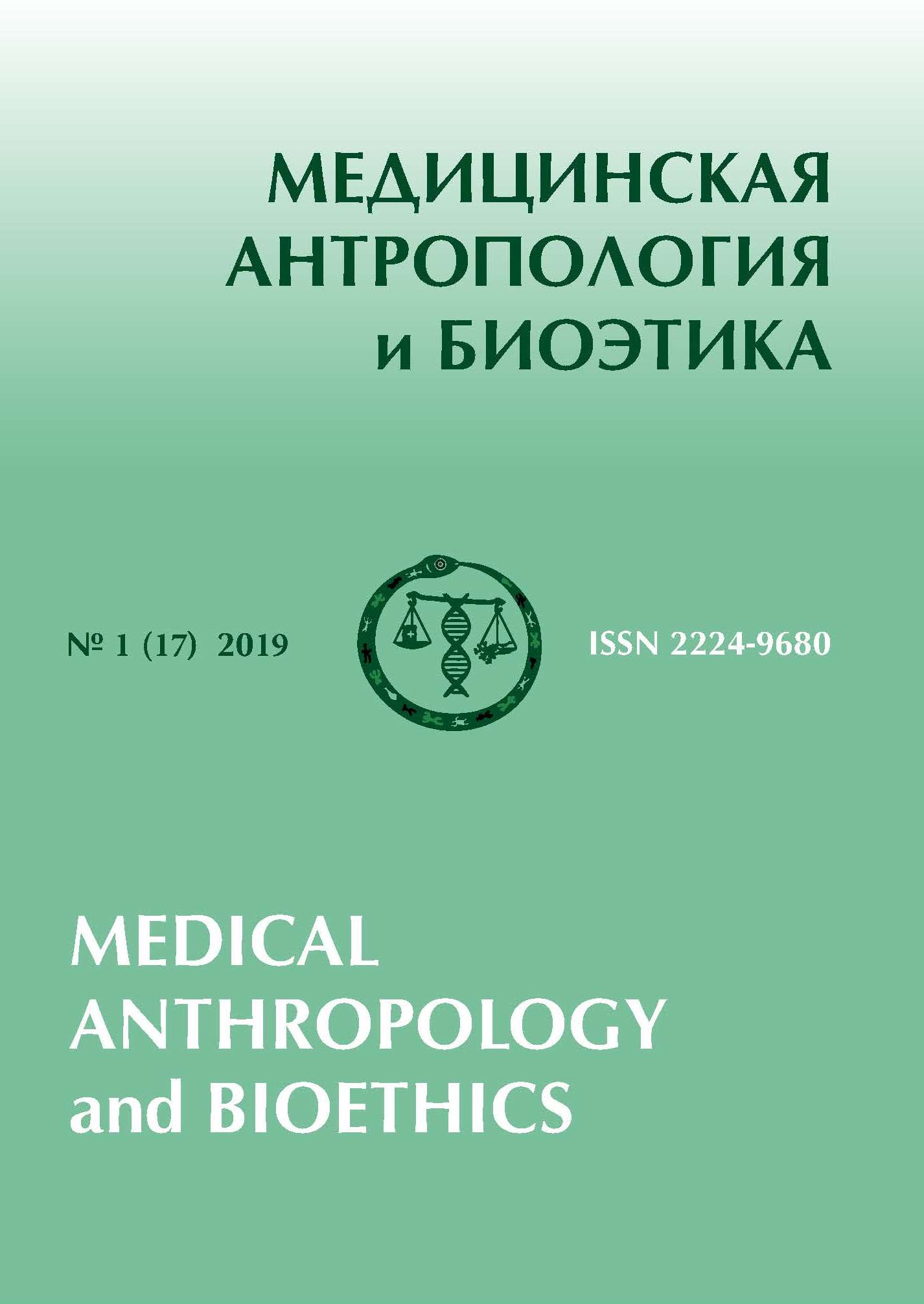Stones Curing Destiny: On Indian Beliefs And Practices
DOI: http://doi.org/10.33876/2224-9680/2019-1-17/12
Keywords:
India, astrology, precious and semi-precious stones, ratna, NavagrahaAbstract
The essay describes the usage of precious and semi-precious stones in Indian culture and everyday life as specific healing tools, in the broad sense, and, above all, as mediators or methods of “healing”, “fixing” or “correcting” human destiny. The concept of the “stone” is analyzed, which in the Sanskrit cultural dictionary is represented by the concepts of patthar (“a wild stone”) and ratna (a precious stone). The latter includes mani – specific gemstones associated with the worlds of gods and demonic creatures. Based on the materials of astrological treatises, the joint work of astrologers and jewelers, and opinions and skills, widespread in the Indian society and related to carrying of precious stones, the author draws conclusion about a close connection between beliefs about human, other sentient beings, the objective world, the Earth landscape and the celestial map. Thus, in this world model, the very phenomenon of destiny and/or life path is as a certain “travel route”, largely determined by the combination of external, already established circumstances, but still subject to corrections, in which the “medicine” of precious stones plays a significant role.
References
- Varahamihira (1946) Varahamihira’s Brihat Samhita. With an English Translations and Notes. By Panditabhushana V.S. Sastri. Bangalore: Soobbiah and Sons. (https://archive.org/stream/Brihatsamhita/brihatsamhita#page/n0/mode/2up) (16.07.2019).
- Ivanov, Vyach. Vs. (2016) Zhivoy kamen’: ot mineralogii k mifopoetike [Living Stone: From Mineralogy to Mythopoetics], Sbornik nauchnykh statey [Collection of scientific articles],Moscow: Institut mirovoy kul’tury MGU, Posol’stvo Litovskoy respubliki v RF.
- Ryzhakova, S.I. (2000) Spit kamushek bez snov… (O nekotorykh mifologicheskikh predstavleniyakh o kamnyakh u latyshey) [Sleeping pebbles without dreams … (On some mythological ideas about stones among Latvians)], Zhivaya starina [Living Antiquity], No. 3, p. 13–16.
- Sheptunova, I.I. (1997) «Vastu-dzhnyana» – zakony vayaniya (po materialam srednevekovogo indiyskogo traktata «Vastusutropanishat») [“Vastu-jnana” – laws of sculpture (based on the materials of the medieval Indian treatise “Vastusutropanishat”)], Iskusstvo Vostoka. Problemy esteticheskogo svoyeobraziya: sbornik statey [Problems of aesthetic identity: a collection of articles], I.R. Eolyan (ed.), St. Petersburg: Dmitry Bulanin, p. 219 – 236.

